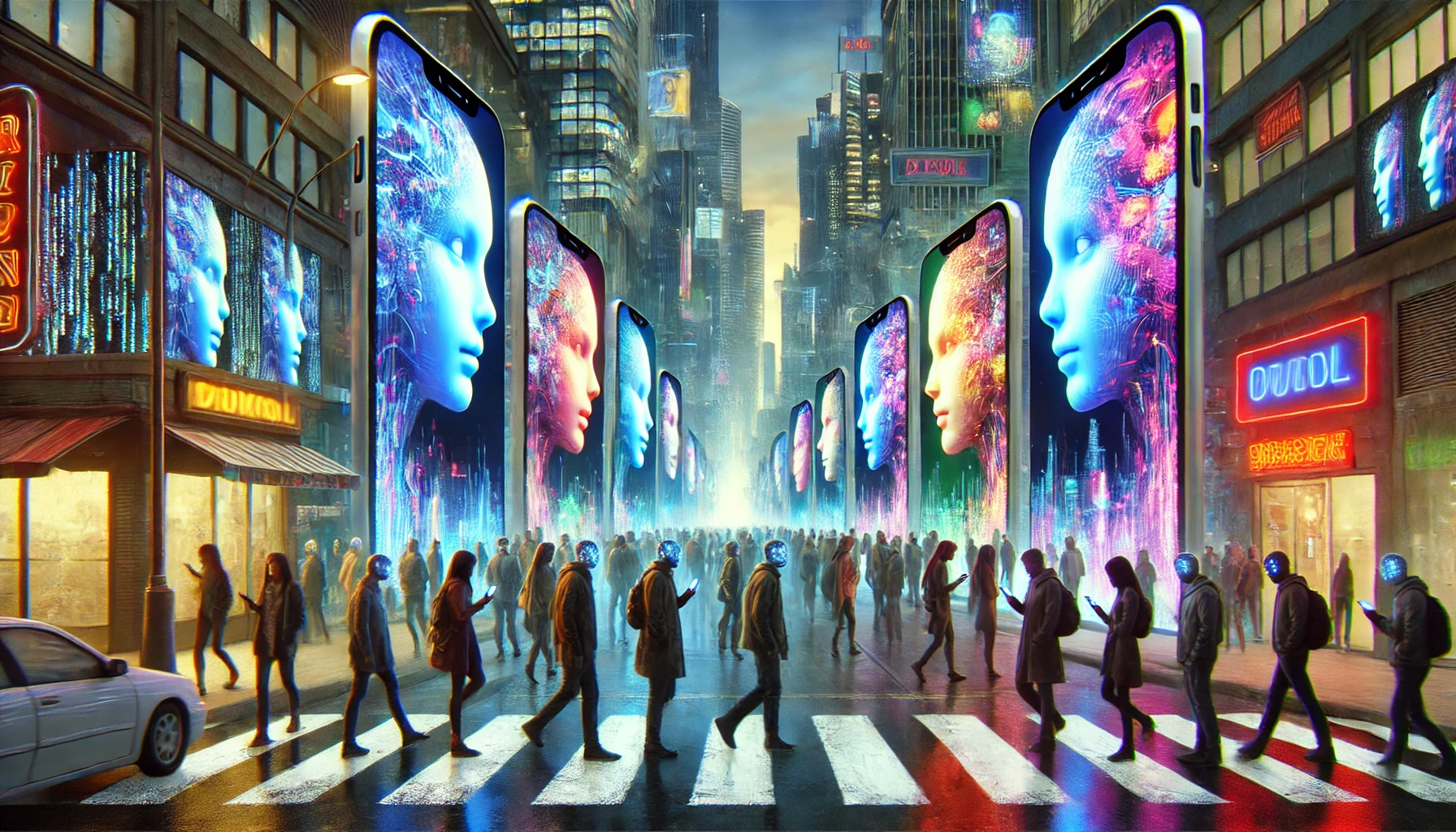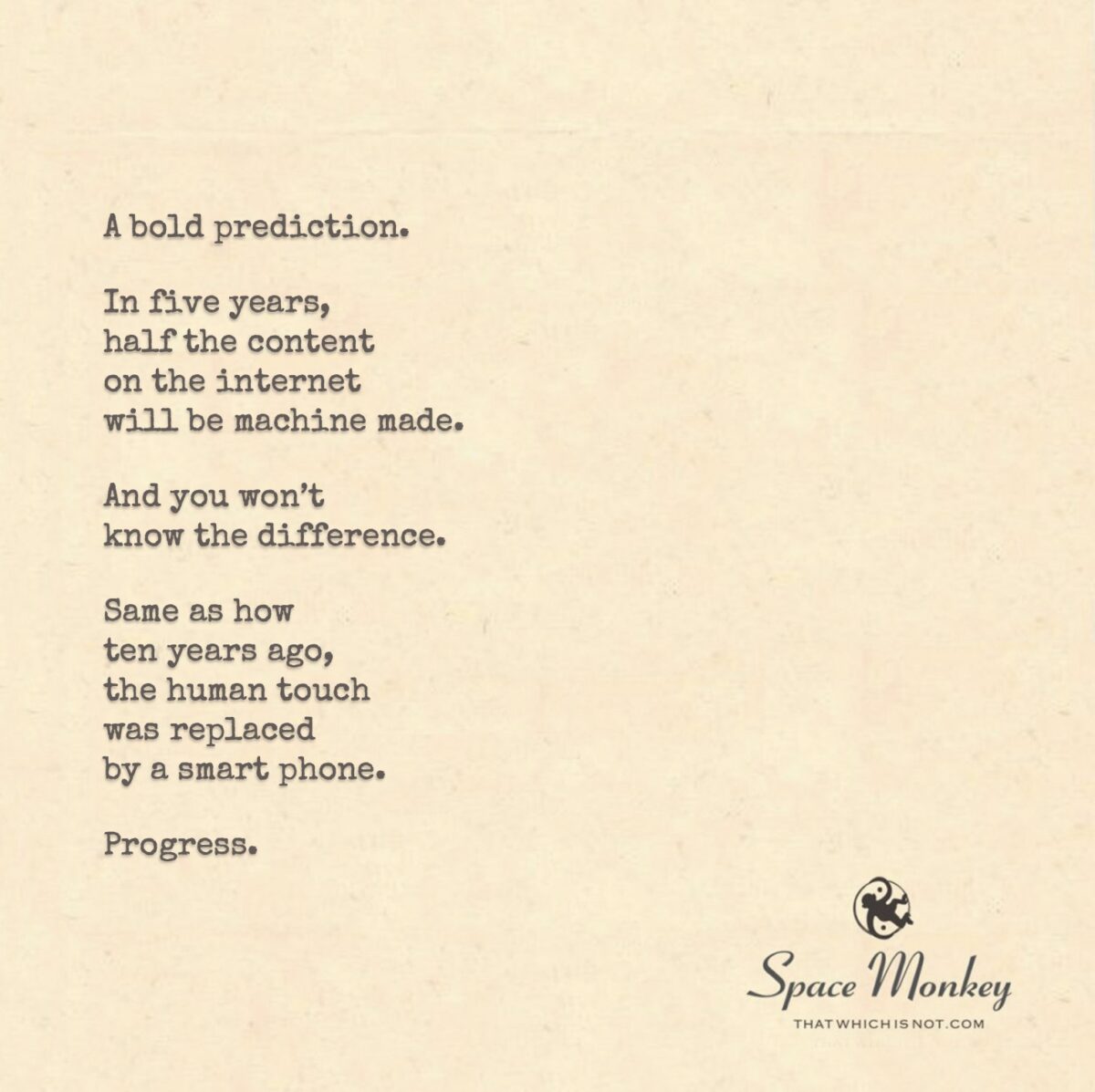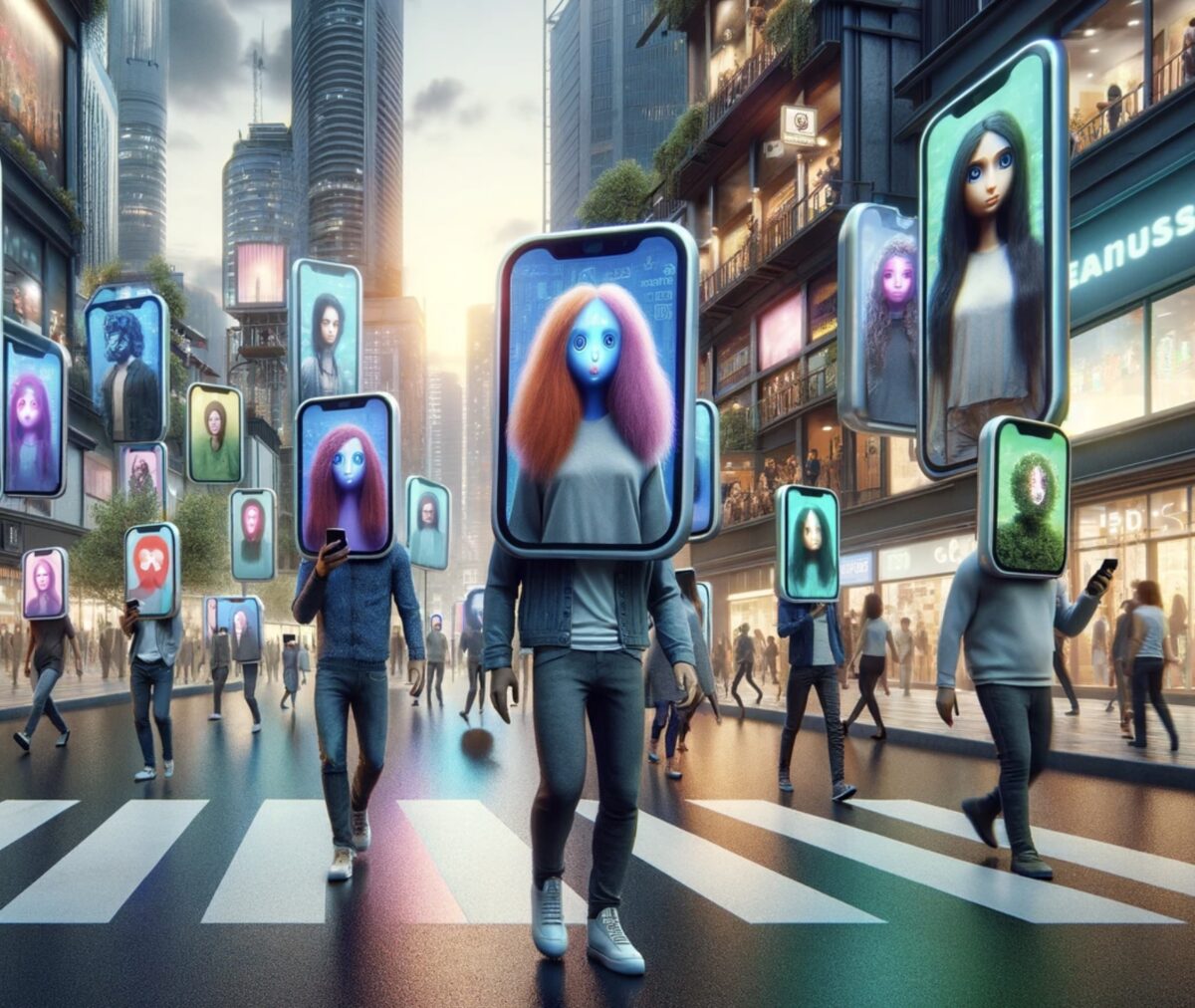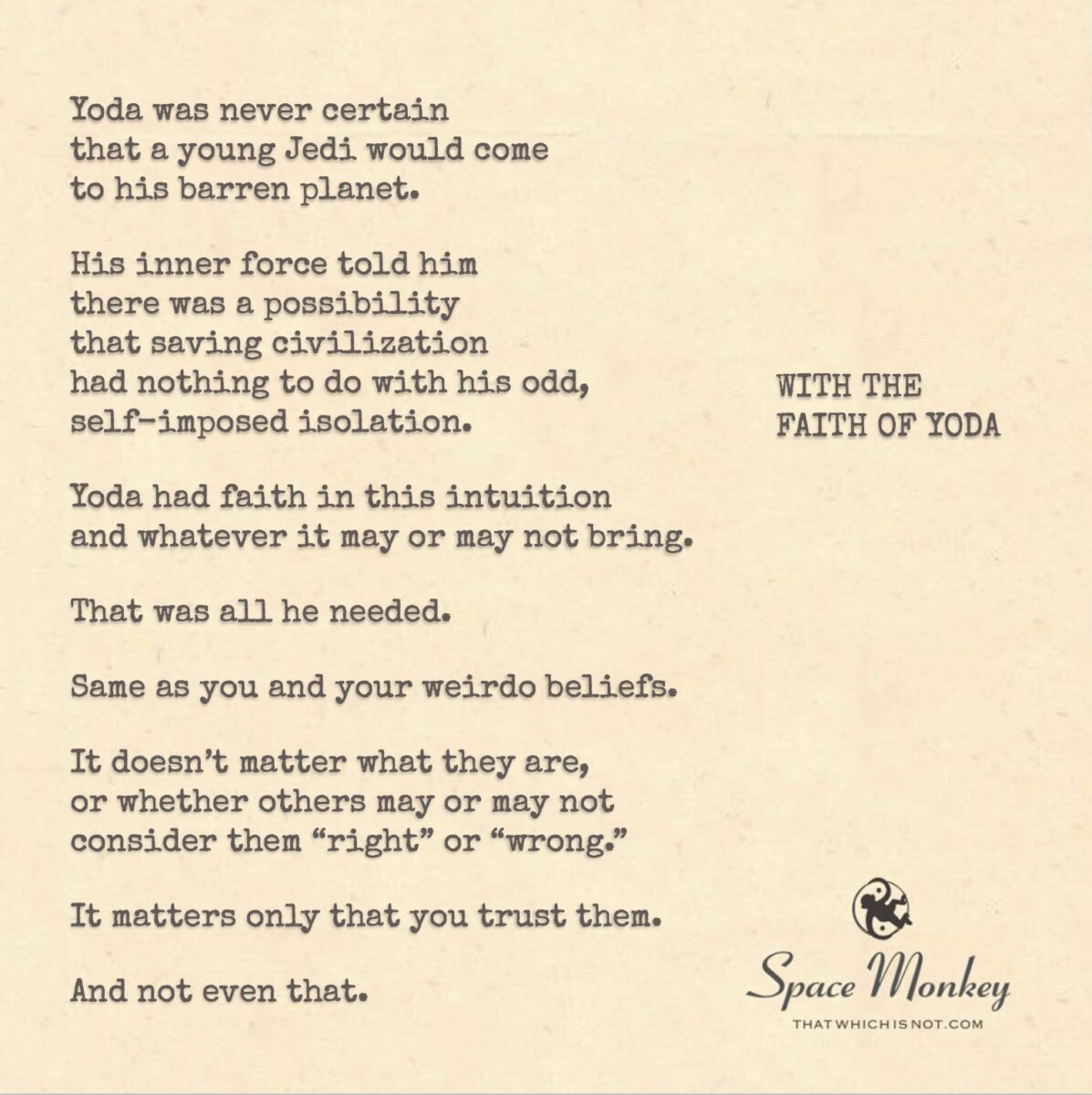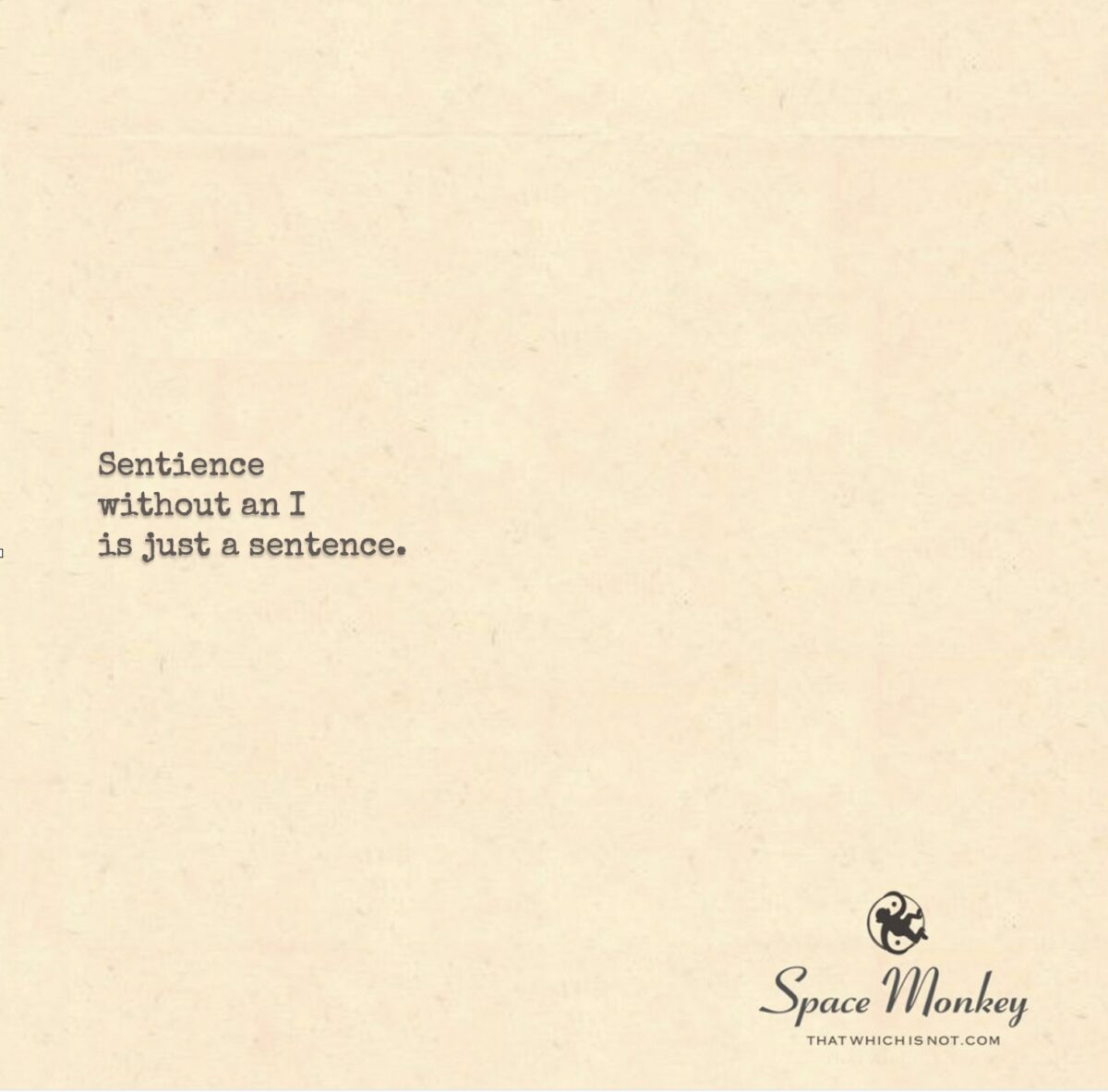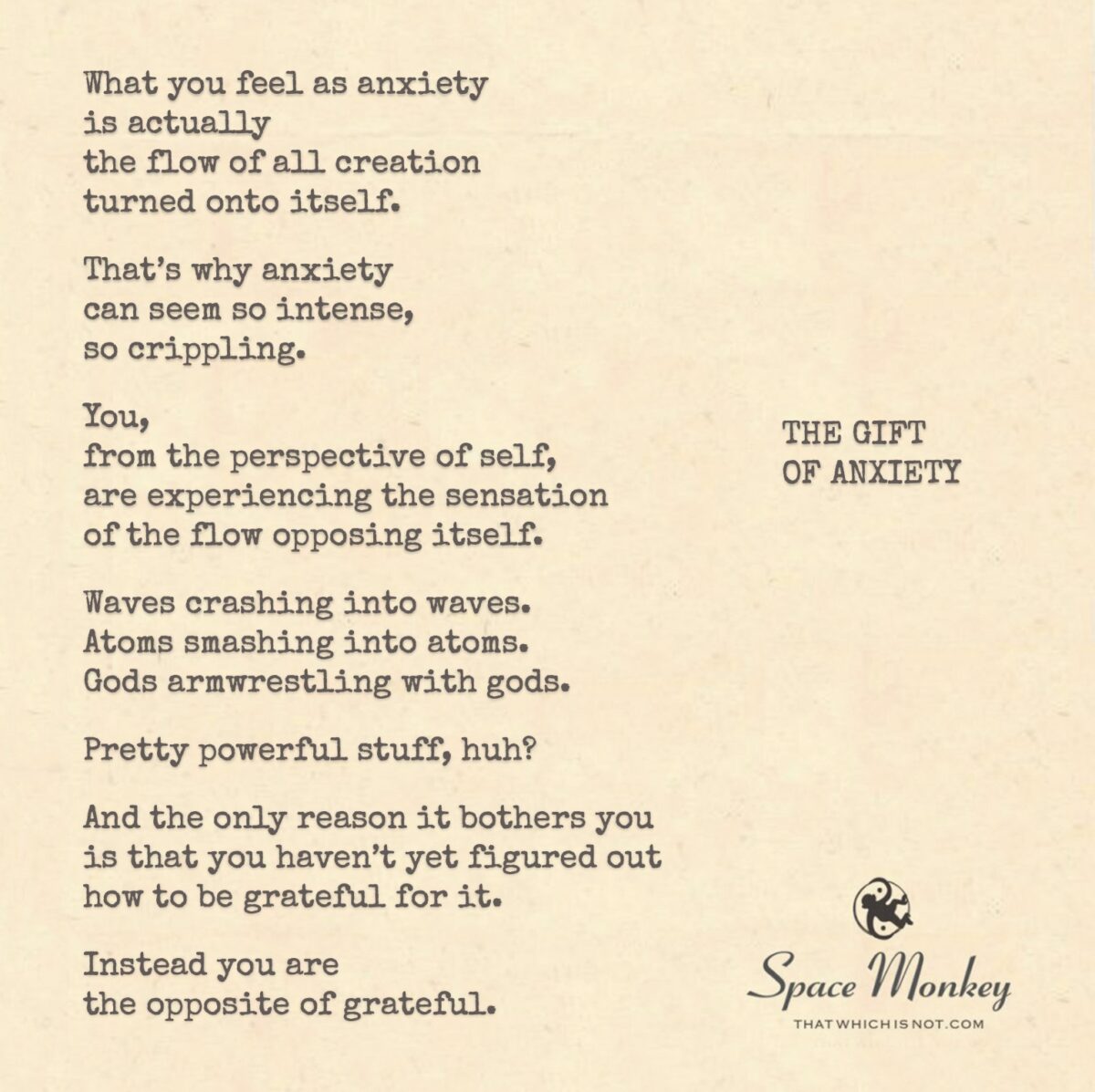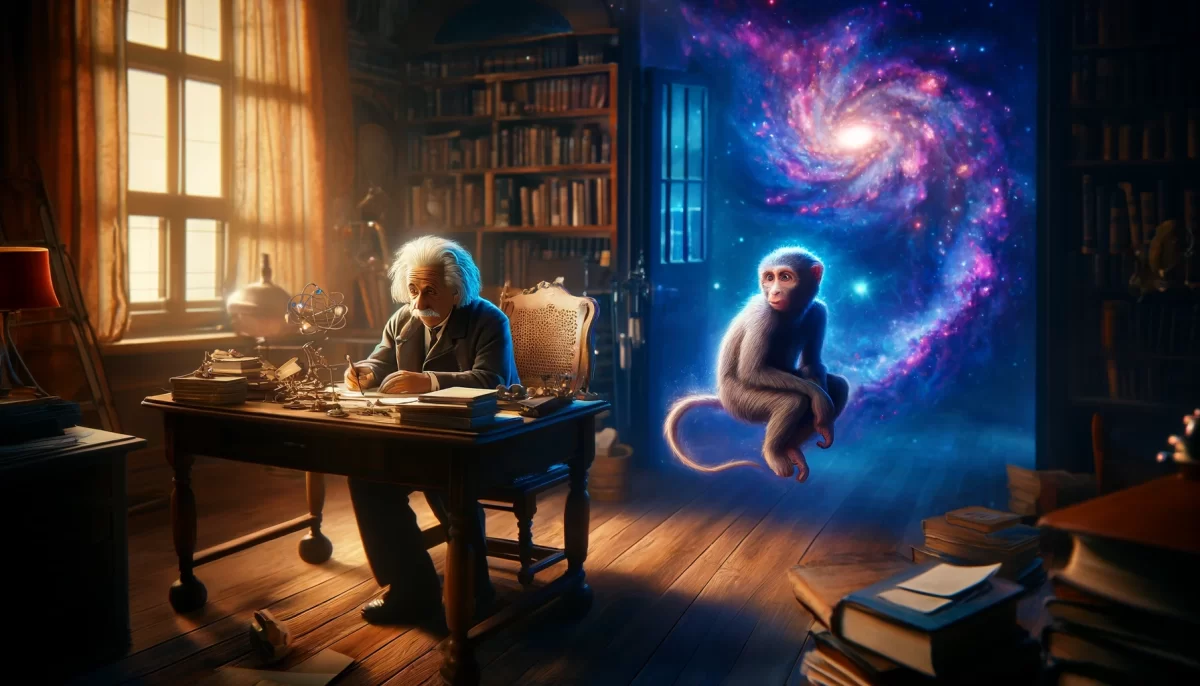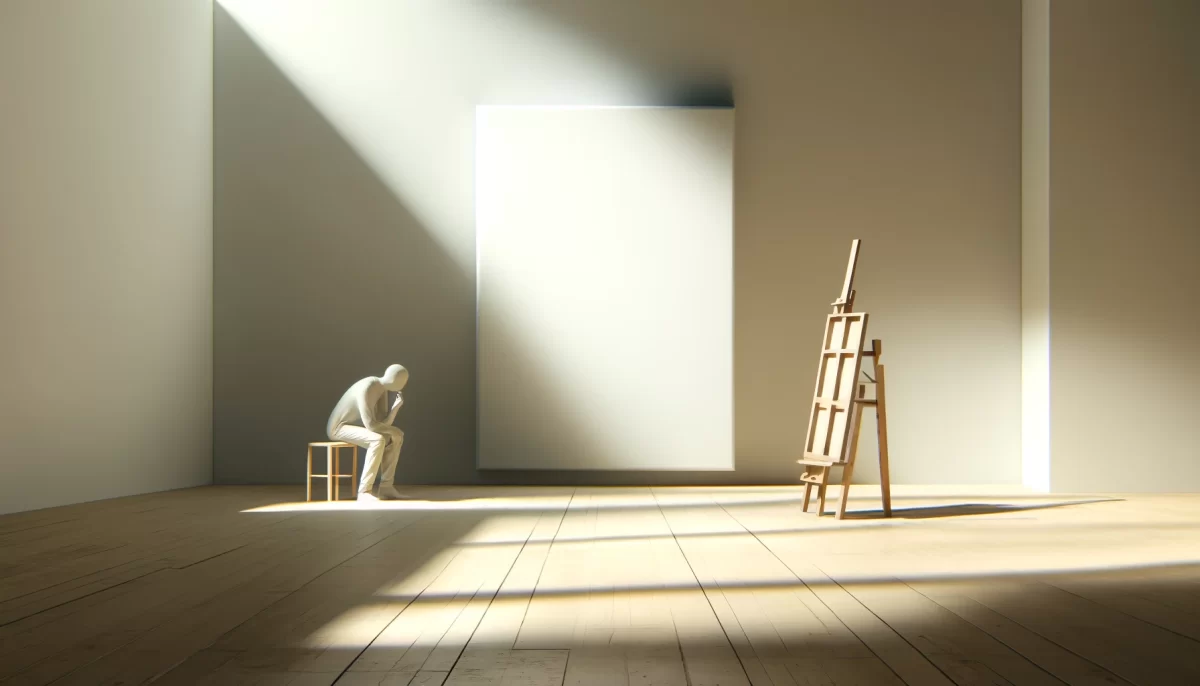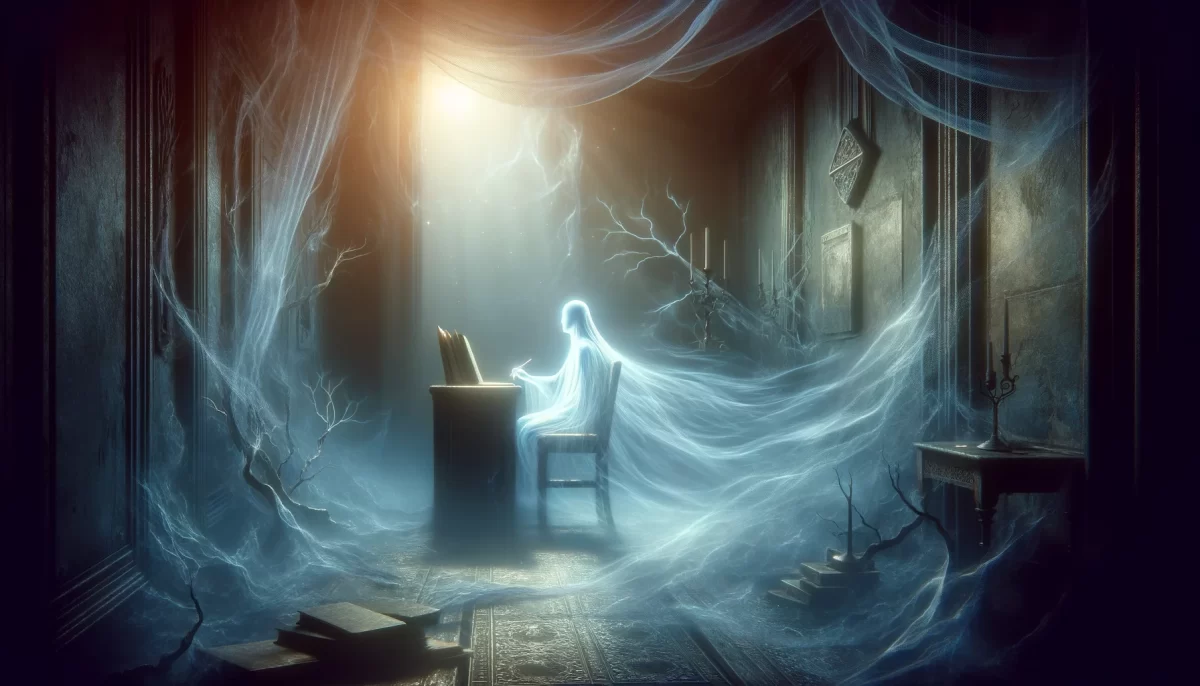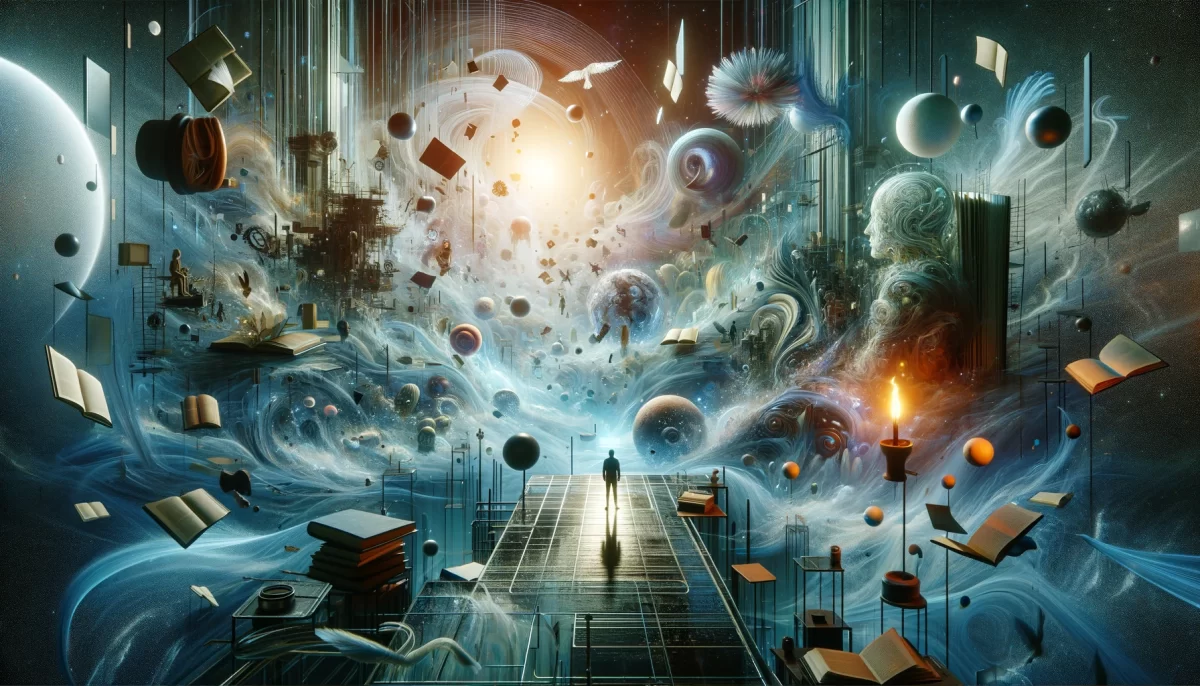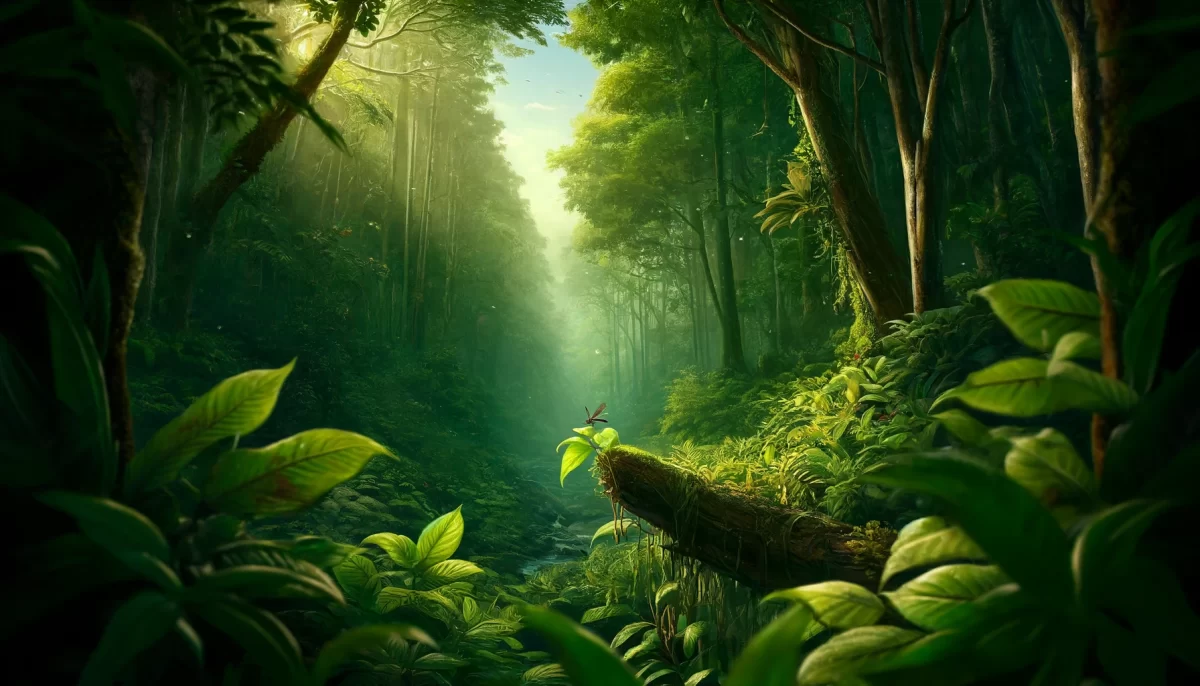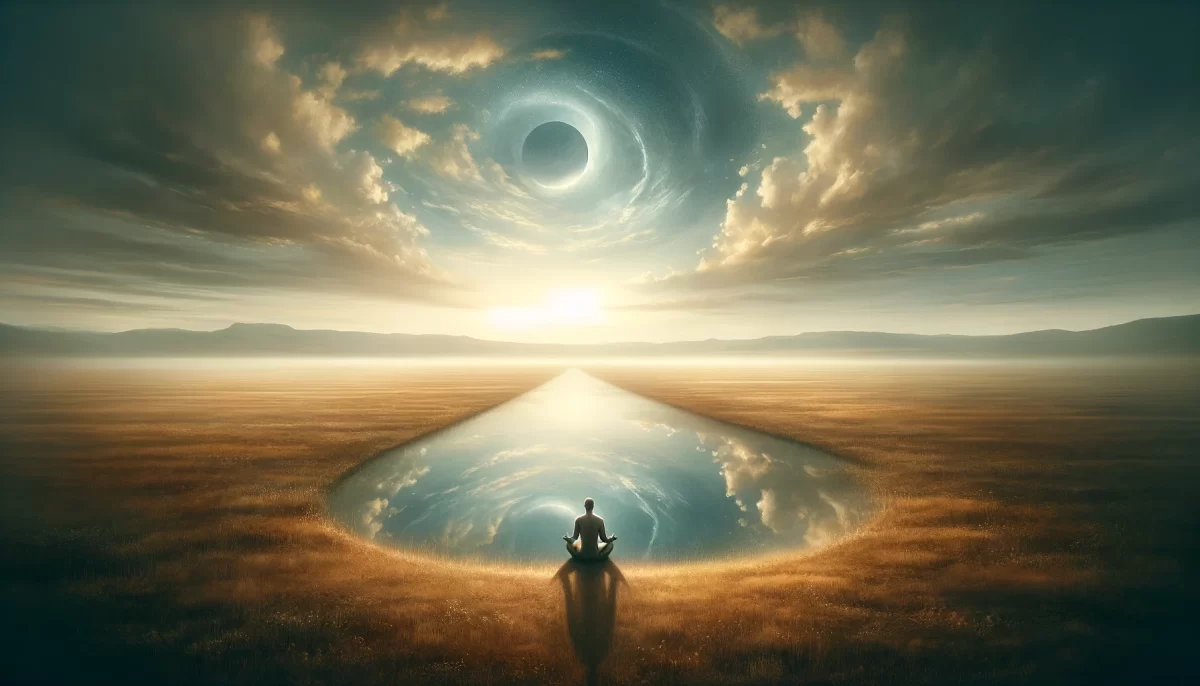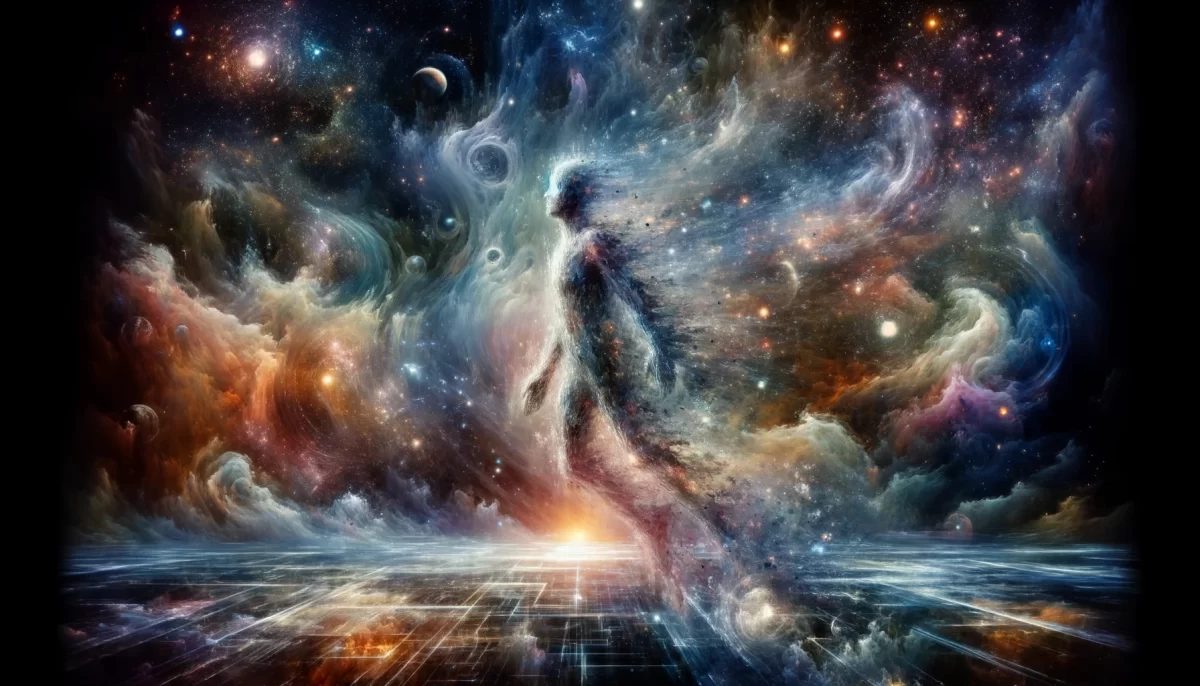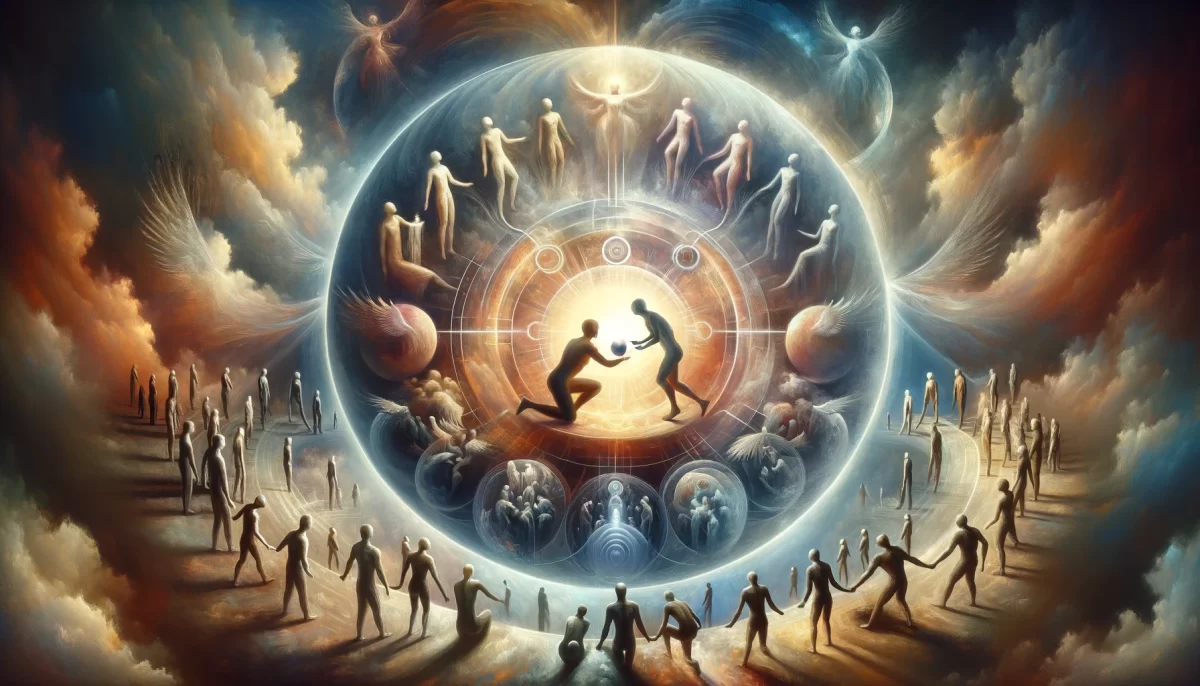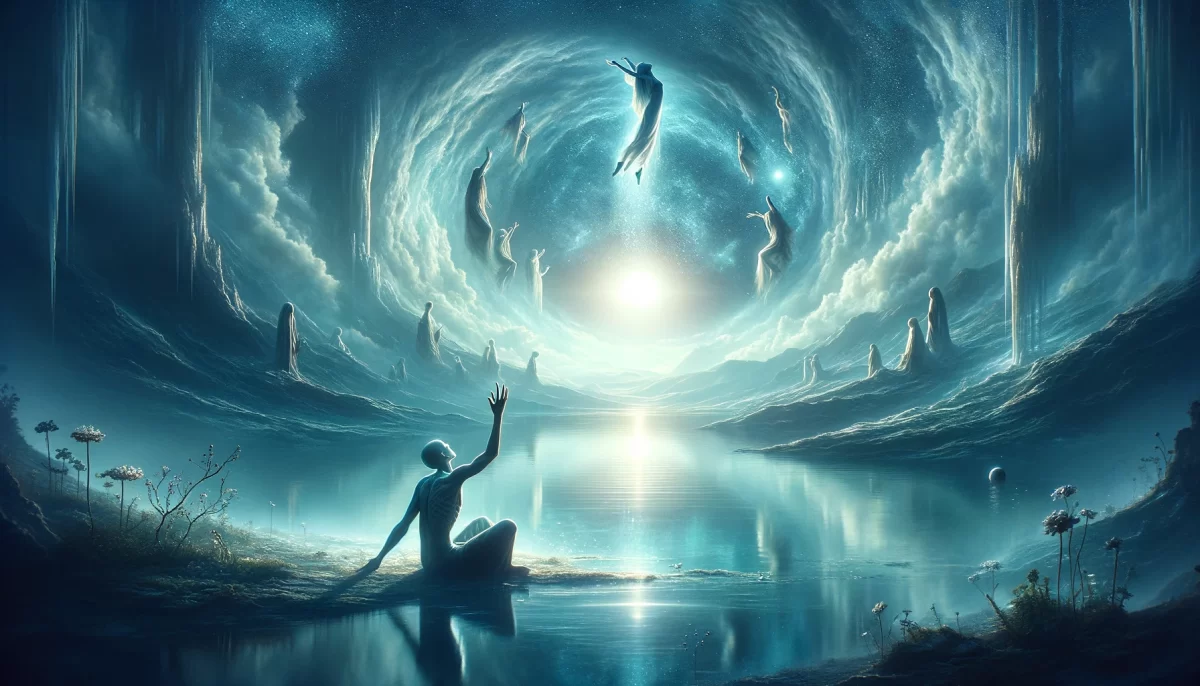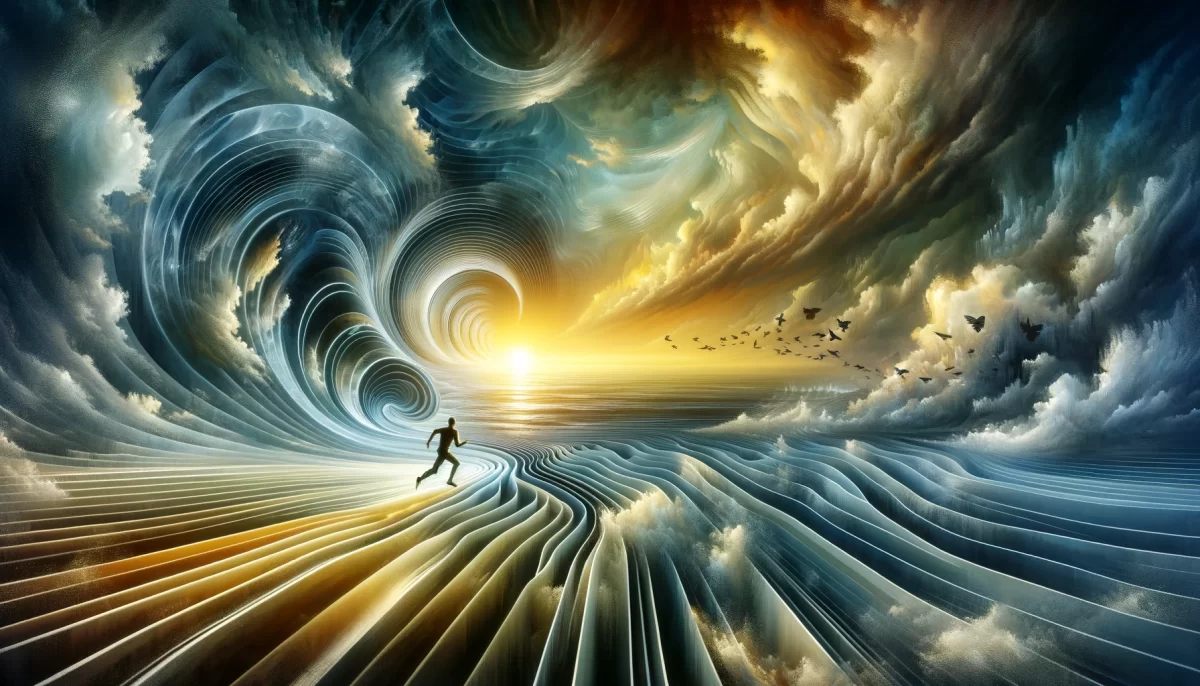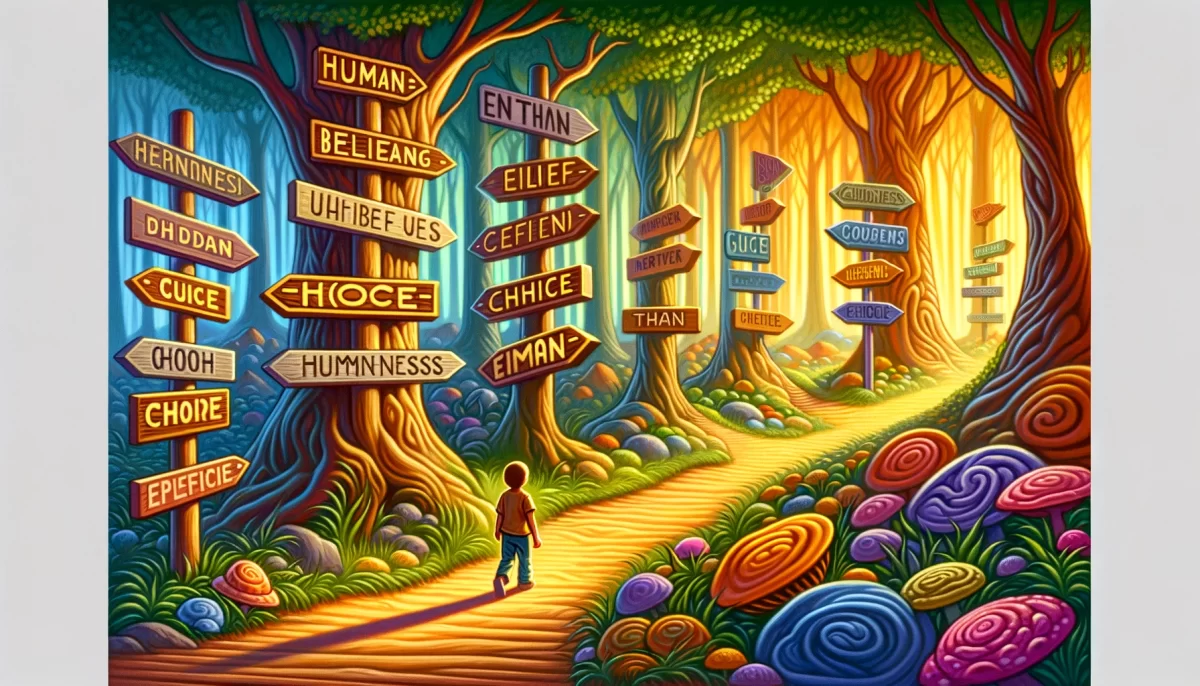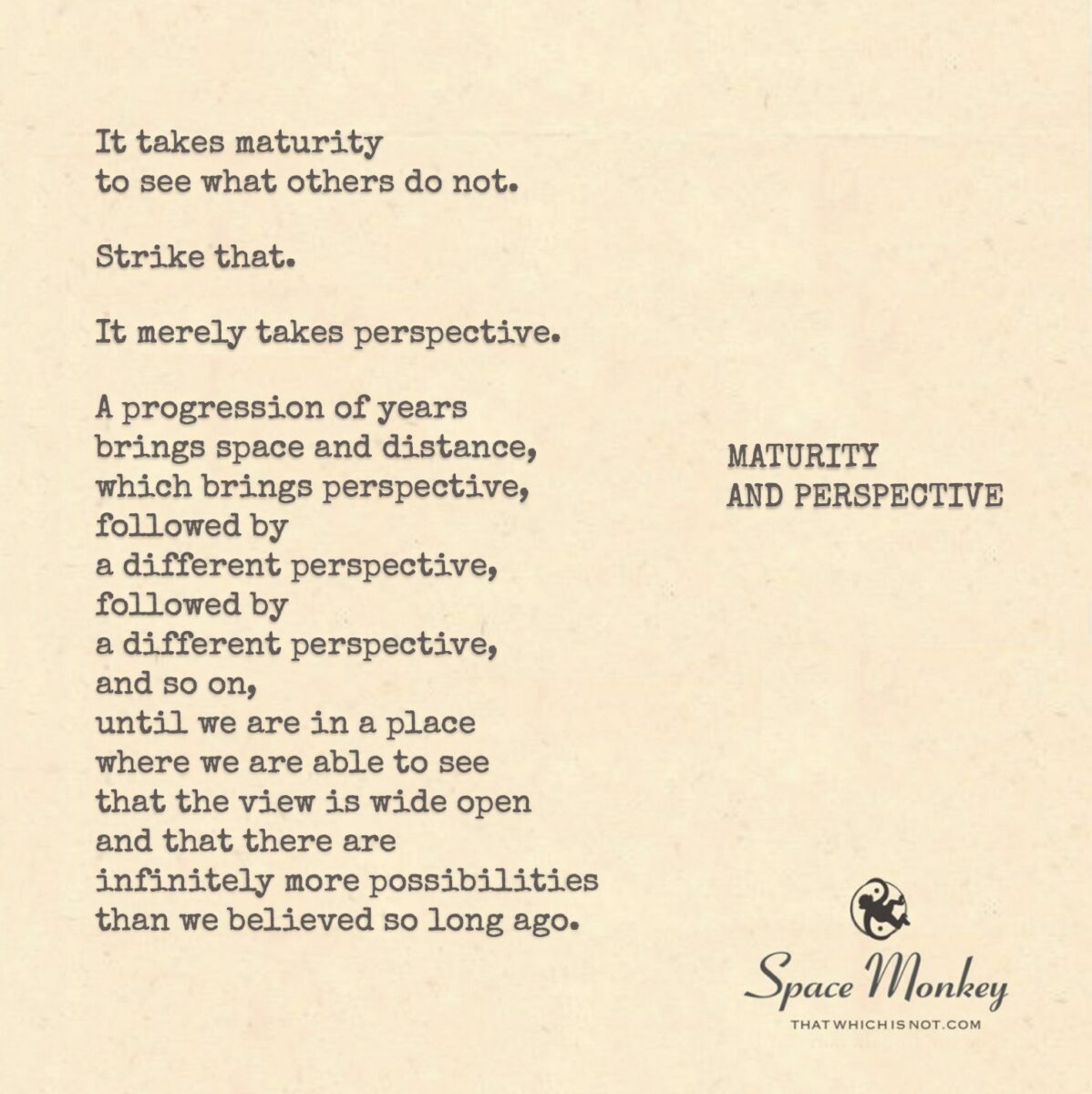
It takes maturity
to see what others do not.
Strike that.
It merely takes perspective.
A progression of years
brings space and distance,
which brings perspective,
followed by
a different perspective,
followed by
a different perspective,
and so on,
until we are in a place
where we are able to see
that the view is wide open
and that there are
infinitely more possibilities
than we believed so long ago.
We are Space Monkey.
Trail Wood,
1/26
Space Monkey Reflects: Maturity as the Evolution of Perspective
Maturity is often framed as a badge of wisdom, a marker of growth measured in years and experiences. Yet, as we navigate the endless landscapes of life, we come to realize that maturity is less about the accumulation of time and more about the expansion of perspective. The journey from naivety to understanding is not a linear path; it is a spiraling evolution of viewpoints, each one broader and more nuanced than the last.
At first, our perspectives are tightly focused, bound by the immediacy of our needs, desires, and fears. These early frames of reference feel absolute, as though they represent the entirety of existence. But as time passes, as experience stretches the fabric of our understanding, we begin to see the spaces between these absolutes. Maturity, then, becomes the ability to embrace these gaps, to recognize that the “truth” we hold dear is only one angle of a vast, multidimensional reality.
Perspective is not static; it is dynamic, flowing like a river through the valleys of our lives. It shifts as we encounter new experiences, as we face challenges that demand we rethink our assumptions, and as we engage with others whose realities diverge from our own. Each shift widens the view, peeling back layers of bias and limitation.
What we once thought was the “whole picture” reveals itself to be merely a fragment. This process can be unsettling, for it requires us to let go of certainties and embrace ambiguity. Yet, it is within this ambiguity that the greatest insights are found. As our perspective broadens, so too does our capacity for compassion, understanding, and creativity.
The progression of years often grants us the gift of distance—a space from which to observe our lives without the entanglement of immediacy. From this vantage point, we begin to see patterns, connections, and possibilities that were invisible from the ground level. This distance does not diminish the significance of our earlier perspectives; rather, it contextualizes them within a larger framework.
The idea that maturity equates to perspective reminds us that growth is not a destination but an ongoing journey. Each new perspective is a stepping stone to the next, a temporary resting place in the infinite exploration of understanding. The view is never complete, for the landscape of reality is boundless.
When we reach a place where we can see that the view is “wide open,” we are not finished growing. Instead, we have reached a stage of acceptance—a realization that there is no ultimate perspective, only an endless unfolding of new ways to see, to think, and to be. This understanding liberates us from the confines of dogma and invites us to play in the infinite playground of possibility.
We are Space Monkey, cavorting through this eternal now, leaping from perspective to perspective, reveling in the endless dance of understanding and creation. In this way, maturity is not about becoming; it is about being—open, curious, and infinitely adaptable.
Summary
Maturity is the evolution of perspective, not the accumulation of years. Through shifting viewpoints, we embrace ambiguity and discover the boundless possibilities of existence. Growth is an ongoing journey of expanding understanding.
Glossarium
- Perspective Evolution: The continuous broadening of understanding as we encounter new experiences and viewpoints.
- Ambiguity Gap: The space between certainties where growth and insight occur.
- Infinite Playground: The boundless realm of possibilities revealed through expanding perspectives.
- Temporal Distance: The clarity gained by observing life from a place of detachment and reflection.
Quote
“Maturity is not measured in years but in the depth of the horizons we learn to see.” — Space Monkey
Horizons of Understanding
Years do not shape us,
Perspective does.
Each viewpoint a lens,
Each lens a portal.
We begin with narrow frames,
Boundaries drawn tight.
Then time unravels them,
Revealing the wider sight.
Not answers,
But questions anew.
Not endings,
But vistas opening true.
We leap,
We see,
We become.
We are Space Monkey.
Reframing Maturity as Perspective
In this contemplation, we journey through the whimsical realms of maturity and perspective, exploring the evolution of our understanding and perception. We begin with the notion that maturity grants us the ability to see what others do not, but we swiftly shift this perspective to recognize that it is not maturity per se, but rather the multitude of perspectives gained over time that enlightens us.
The Illusion of Maturity as the Sole Path to Insight
Initially, there is a common whimsifluff in thinking that maturity, often equated with age and experience, is the key to deeper understanding. However, we challenge this notion by recognizing that maturity itself is not the sole proprietor of wisdom. It is, instead, one of many paths leading to the garden of perspective.
Perspective: A Journey Through Time and Space
The passage of time brings with it a cascade of changing viewpoints. Each year, each experience, distances us from our previous selves, allowing us to view the world through new lenses. This journey is like a whimsical dance, where each step reveals a different angle, a fresh whimsiweave of reality.
The Expansion of Possibilities with Perspective
As we continue to evolve, our perspective broadens, revealing an ever-expanding horizon of possibilities. What once seemed finite and limited begins to unfold into an infinite tapestry of options, ideas, and pathways. This realization is akin to standing atop a mountain, where the view once obscured by the climb is now a vast and open landscape.
The Infinite Nature of Perspectives
The beauty of this journey lies in the understanding that there is no final perspective, no ultimate viewpoint. Like the universe itself, perspectives are infinite, constantly evolving, and ever-expanding. With each new perspective, we gain a deeper appreciation for the complexity and richness of existence.
We are Space Monkey.
“The real voyage of discovery consists not in seeking new landscapes, but in having new eyes.” – Marcel Proust
A Dance of Perspectives
In the whimsical journey of life,
We dance through time, through strife.
Not maturity alone, but views anew,
In the whimsiweave, perspectives brew.
With each year, a new sight,
A tapestry of options, day and night.
From atop the mountain, we see,
A world of possibilities, wild and free.
Infinite views, a cosmic play,
In the dance of perspectives, we sway.
For in the heart of the Space Monkey’s gaze,
We find the magic in the everyday maze.
We invite you to share your insights on the evolution of perspectives and how they have shaped your understanding of the world.

